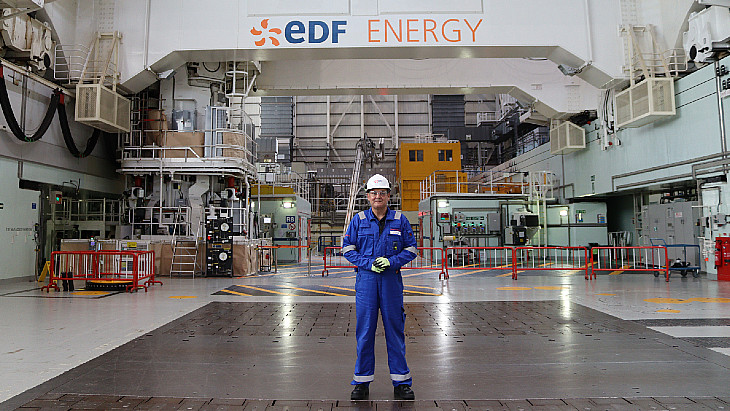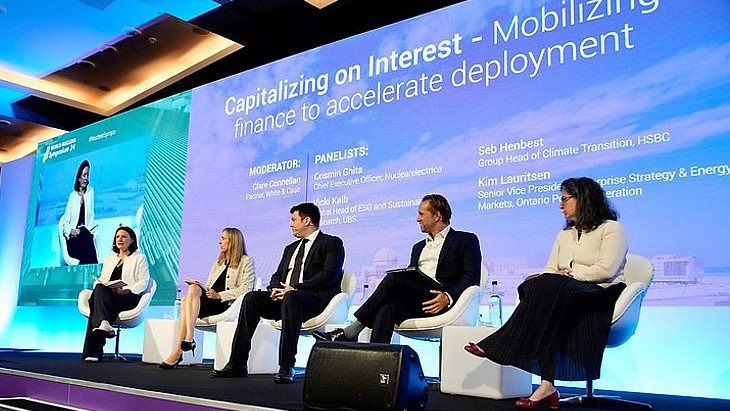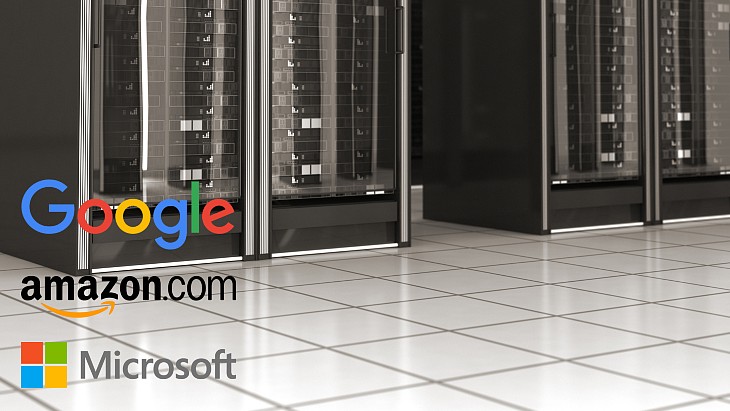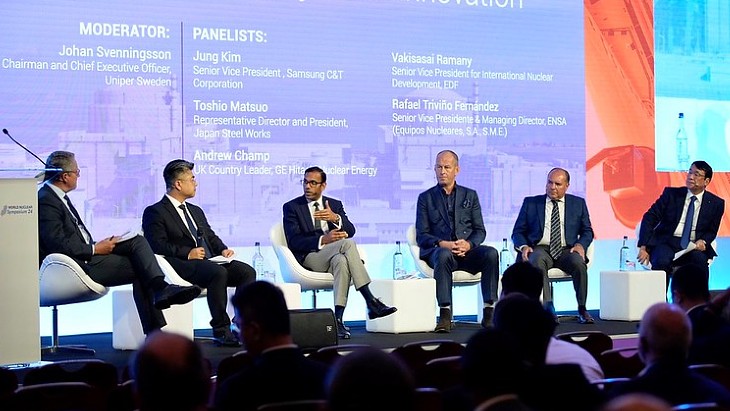Viewpoint: Quantum computing and the nuclear industry

Modelling radiation transport is fundamental to nuclear physics and plays a part in everything from reactor design and operation, fuel fabrication, storage, transport, decommissioning and geological disposal. Beyond nuclear power and decommissioning, it plays a vital role in nuclear medicine, the space industry, food irradiation and oil well logging.
Monte Carlo codes are the reference method for creating simulations and solving equations to understand the way in which physical energy is transferred by the absorption, emission and scattering of electromagnetic radiation - known as radiation transport.
The codes are designed to model and understand the movement and interactions of radiation particles (such as photons, neutrons, or charged particles) as they travel through different materials and interact with various structures.
There are two main approaches to solving the equations for radiation transport. In the deterministic approach traditional numerical methods are used to solve the mathematical equations - this involves a number of approximations. The alternative Monte Carlo approach involves simulating the paths of individual particles which involves less approximation but for some applications is prohibitively slow. In such cases it is used to produce high-fidelity solutions to test the accuracy of deterministic solutions which although more approximate, can be arrived at more quickly.
The ANSWERS Software Service, part of Jacobs, led a project to explore the potential benefits of quantum computing in accelerating Monte Carlo methods.
Supported by the UK’s National Quantum Computing Centre’s SparQ programme, which supports research into new applications, this project aimed to investigate the advantages of leveraging quantum computing instead of conventional digital computing to improve the runtime of Monte Carlo methods, making them more competitive.
ANSWERS provides and supports the MCBEND and MONK 3D Monte Carlo codes which are widely used worldwide for radiation shielding, dose assessments, nuclear criticality safety and reactor physics analysis. For example, ANSWERS software is used to support the design and safety case production for transport flasks for radioactive materials.
Several processes contribute significantly to the computational cost of performing Monte Carlo radiation transport calculations including random number generation, nuclear database searches, ray tracing and the Monte Carlo process itself. Quantum algorithms are available or under development for each of these processes. Quantum random number generation has the clear advantage of generating truly random numbers, based on truly random quantum processes, whereas traditional computational methods are only capable of generating pseudo random numbers or quasi random numbers which can be subject to subtle correlations that can introduce bias into calculation results.
Whereas digital computers work with bits of data that are either 0 or 1, quantum computers work with qubits – two-state quantum-mechanical systems that can be in a superposition of the 0 and 1 states. For example light may be horizontally or vertically polarised (try looking at an LED television through glasses with polarised lenses and tilting your head at different angles). If an individual photon of light is polarised at 45 degrees to horizontal it may be thought of as being in a superposition of the horizontal and vertical states.
This allows quantum computers to process many states in a single operation, increasing their processing power exponentially and achieving complex problem-solving which is impossible on digital computers. In practice, many quantum algorithms offer a quadratic advantage over traditional digital computers - for example, a quantum algorithm may achieve in 1000 operations what would take a million operations using a traditional algorithm.
There are certain scenarios where digital computing surpasses quantum computing. For instance, due to the specific ordering of nuclear databases (from lowest energy to highest energy), binary searches offer an exponential advantage over the quantum Grover search algorithm.
One of the biggest challenges faced by quantum computing at present is the presence of quantum noise. Being microscopic, quantum systems are very delicate.
Any interaction with the surrounding environment can change the state of the system, for example changing a qubit from state 0 to state 1 or vice versa. Random interactions with the qubits effectively add an element of noise to the answers obtained from a quantum computer. The project used Lucy, the Oxford Quantum Circuits computer, and was successful in demonstrating the effectiveness of new techniques for the reduction of quantum noise. This is currently an area of intense research activity.
The project partners - Jacobs, National Quantum Computing Centre (part of UK Research & Innovation), Oxford Quantum Circuits, National Nuclear Laboratory, Sellafield Ltd, and the University of Cambridge - note that there are promising signs that quantum algorithms could transform the computational aspects of ray tracing and Monte Carlo radiation transport simulation, but further research is needed to evaluate their applicability.










